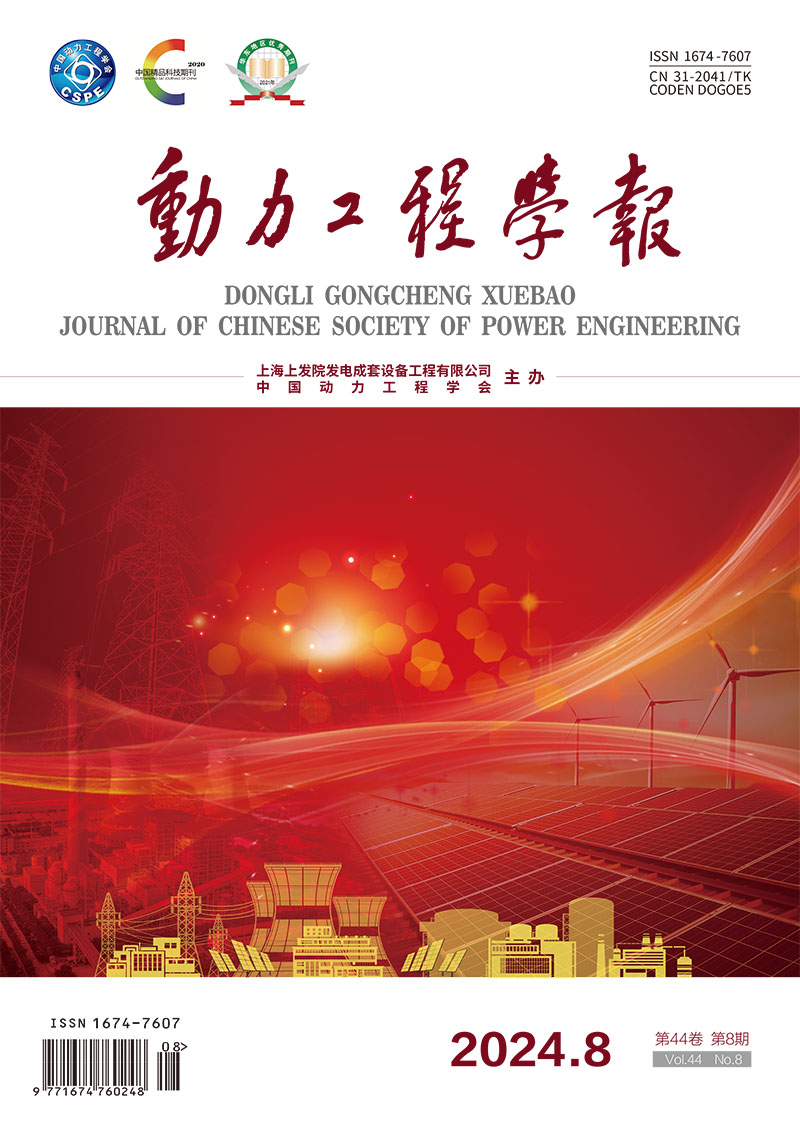Power Equipment and System
YANG Yanfeng, LIANG Jianguo, HAN Feng, XUE Xiaoliang, YANG Yang, LI Xinzhuo
To explore the application potential of sound-assisted combustion technology in W-shaped flame boilers, the combustion characteristics of a W-shaped flame boiler with real-time load of 315 MW under acoustic excitation were experimentally studied. Twelve and four acoustic excitation devices were staggered in the main combustion area and the burning area of the boiler, respectively, and they were put into operation in a group of three devices in a circular manner. The frequency of the motor driving the acoustic excitation device was 35 Hz, and the corresponding intake pressure was maintained at 0.35-0.47 MPa. In the test, the changes of the NOx mass concentration at the inlet of the A and B sides of the denitration tower, the SOx mass concentration at the inlet of the desulfurization unit, and the coal consumption of the unit were recorded through the distributed control system (DCS) of the centralized control room of the power plant. Results showed that, after the acoustic excitation was put into the denitrification tower, the mass concentration of NOx at the inlet of the A and B sides of the denitration tower is decreased by 6.08% and 5.47%, respectively, the SOx mass concentration is decreased by 1.24%, and the average coal consumption of the unit is decreased by 1.5 g/(kW·h). In addition, based on the ash sampling analysis of the economizer and air preheater outlet, it is found that the carbon mass fraction of fly ash is decreased by 1.64% and 1.70% respectively, compared with the case without acoustic excitation. Sound-assisted combustion technology can effectively improve the thermal efficiency of W-shaped flame boilers and reduce pollutant emissions.
